Scientist of the Day - Ulugh Beg
Ulugh Beg, a Mongol ruler and astronomer, died Oct. 27, 1449, at age 55. Ulugh Beg built a research institute (madrasah) and an observatory in Samarkand, in what is now Uzbekistan. The observatory, which was completed about 1429, had several massive instruments, including a quadrant dug into the side of a hill with a radius of about 150 feet, and an underground sextant that was almost as large (see second image above). With these instruments, and presumably others, Ulugh Beg made a catalog of the stars--the first new catalog since the one published in Ptolemy's Almagest in the 2nd century AD. Unfortunately, Ulugh Beg was assassinated by his own son in 1449, and the observatory was destroyed. His catalog, written in Arabic, disappeared, and was only rediscovered in the West in 1665, when it was published in England in a Latin translation (third image). The observatory was rediscovered in the early 20th century and has now been refurbished; it is quite a sight, even in ruins (first image). In this panorama, we see the remains of an observatory building at left and the underground sextant extending off toward the right.
Ulugh Beg (his title rather than his name, but it is what we always use) was the grandson of the Mongol/Turkic warrior Timur (sometimes known as Tamurlane), who founded the Timurid empire. Timur’s face was reconstructed by forensic specialists from his skull (fourth image), and that image in turn has been used to provide faces for statues of Ulugh Beg in Samarkand (fifth image) and Riga in Latvia (sixth image).
We have a copy of the 1665 Latin edition of Ulugh Beg's star tables and catalog in the History of Science Collection, although the image above is from the copy at the Royal Society of London.
Dr. William B. Ashworth, Jr., Consultant for the History of Science, Linda Hall Library and Associate Professor, Department of History, University of Missouri-Kansas City. Comments or corrections are welcome; please direct to ashworthw@umkc.edu.

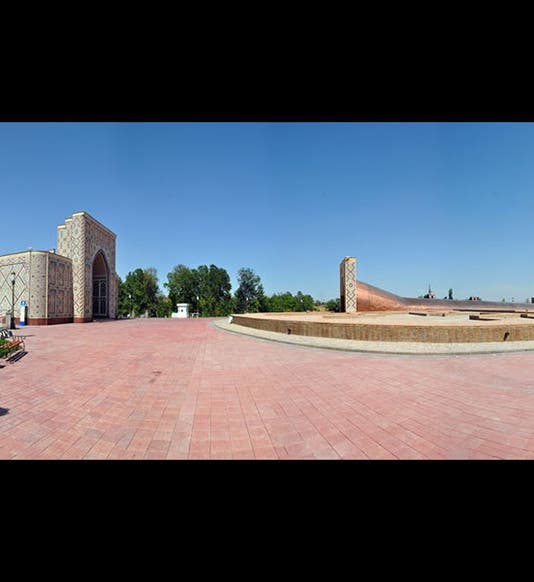
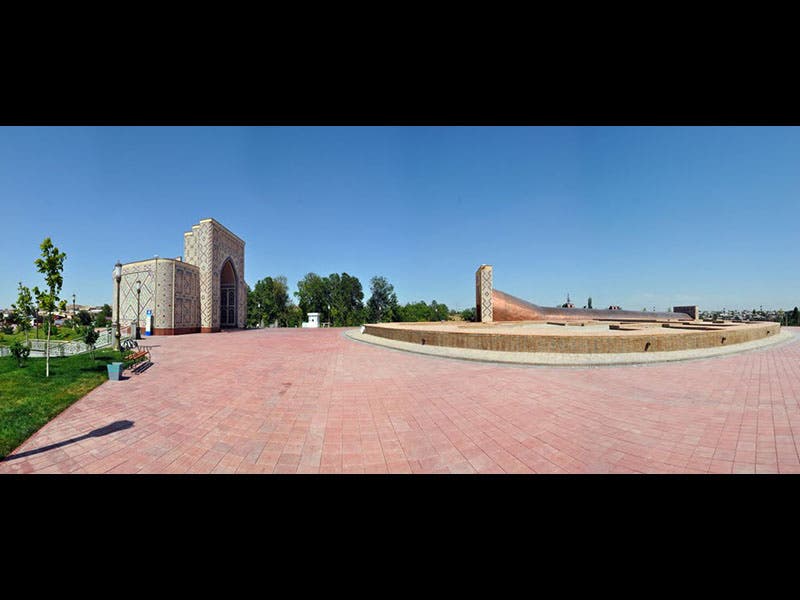
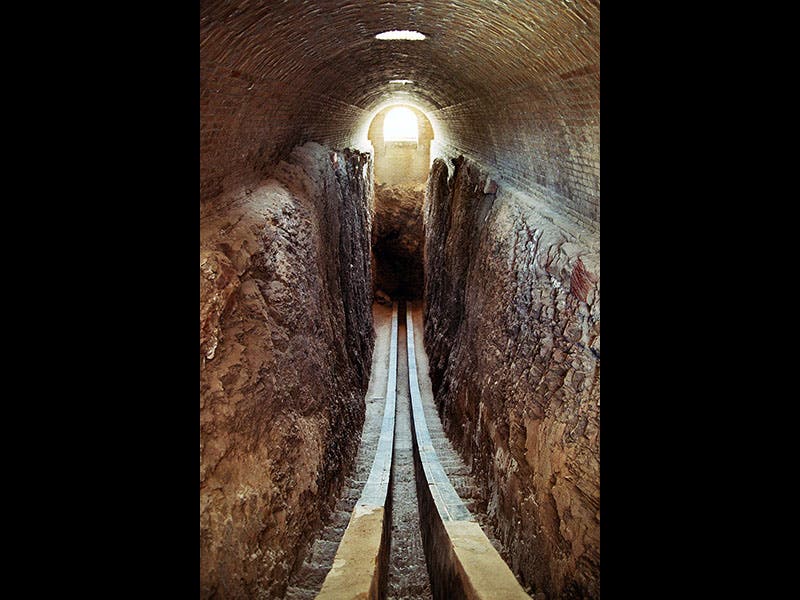

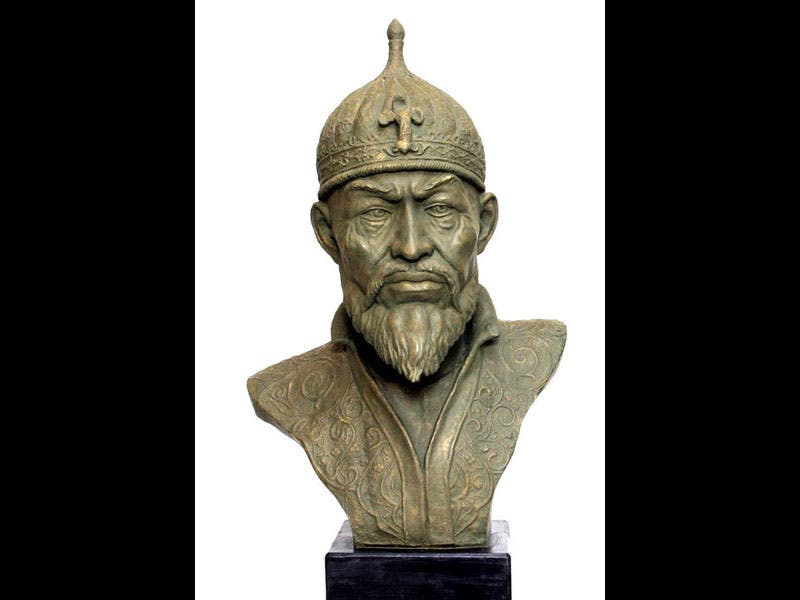
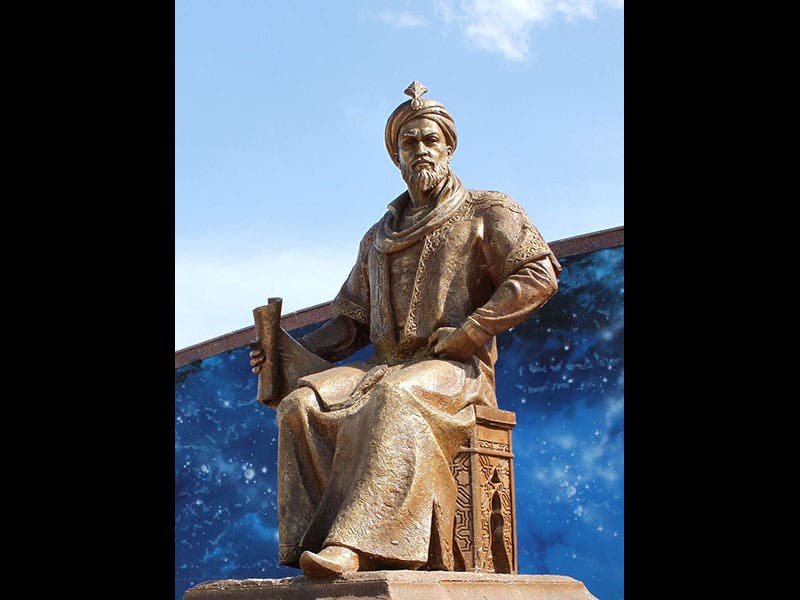



![Using an astrolabe to measure the depth of a well, woodcut in Elucidatio fabricae vsusq[ue] astrolabii, by Johannes Stöffler, 1513 (Linda Hall Library)](https://assets-us-01.kc-usercontent.com:443/9dd25524-761a-000d-d79f-86a5086d4774/a998eb50-55d2-4a88-ace2-a50aa5fa86e7/Stoffler%201.jpg?w=210&h=210&auto=format&fit=crop)

